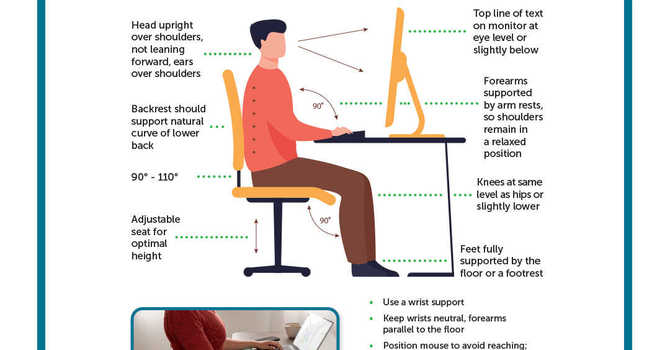
Greater Trochanteric Pain Syndrome
Do you find it tough to lay on one side or the other? Tossing and turning because the outside of your hip is sore, maybe it's uncomfortable to get up from sitting, stand for a longer period? Do you have to cut your run short because the outside of your hip is bothering you?
If this sounds like you maybe you have greater trochanteric pain syndrome (GTPS), and you are not alone, one in three hundred (1/ 300) people struggle at some point which greater trochanteric pain syndrome.
What is GTPS?
Your greater trochanter is the bony area on the outside of your hip; it’s the part of your hip that is most exposed to pressure when you lay on your side. It is also the part of your hip where several muscles attach, and several other muscles pass over the greater trochanter. These muscles are protected by the trochanteric bursa (a fluid-filled sac that acts as a cushion between the bone and the muscles). Any irritation, inflammation or damage to the soft tissues around your greater trochanter is called Greater Trochanteric Pain Syndrome.
As recently as a few years ago clinicians thought that pain in this area was caused by inflammation of the bursa and the diagnosis was usually “bursitis.” However, thanks to new research and better methods such as MRI we now know that this is often not the case.
Although any of the tissues on the outside of the hip can get irritated the most common tissue that is responsible is the tendons that attach your gluteal (buttock) muscles to the side of your hip. These muscles are responsible for moving your hip away from your body (abduction), and they are also responsible for stabilizing your hip and knee during walking and especially during more challenging activities like running or jumping.
What are the symptoms of GTPS?
When these tendons are irritated it often results in pain and tenderness over the outside of your hip over the greater trochanter. It is uncomfortable or outright painful to lay on your side, getting up from sitting, running or standing can all cause pain. If left untreated the pain can become severe and interfere with sleep and activities.
What are the treatments for GTPS?
Fortunately, the treatments for GTPS are very often quite effective, and people suffering with it get back to full activities and restful sleep relatively quickly.
In mild cases home exercises, activity modification and comfort measures like ice are often sufficient to provide relief.
In more persistent or severe cases interventions that are very often helpful are:
• Shockwave - very effective treatment for persistent and severe cases of tendon and deep soft tissue dysfunction and pain.
• Acupuncture – helps to control pain and reduce inflammation
• Laser- can help to speed healing
• Active soft tissue techniques like Active Release Technique or Trigenics- help loosen tight muscles and restore normal function to the area
• Chiropractic adjustments to the spine, hip and lower extremity- ensure proper mechanics during gait to unload the outside of your hip, reduce pain and speed healing
Irrespective of which in clinic treatments are used to help relieve your pain and improve your function home exercises that stretch and strengthen your hip musculature are an essential part of a complete treatment plan.
Our chiropractors at Sun Chiropractic have extensive experience and access to all the above treatments to help make sure your recovery from GTPS is a complete and timely as possible.
We recognize that you have a choice regarding who you consult for your chiropractic care and would like to sincerely thank you for placing your trust and confidence in Sun Chiropractic.


